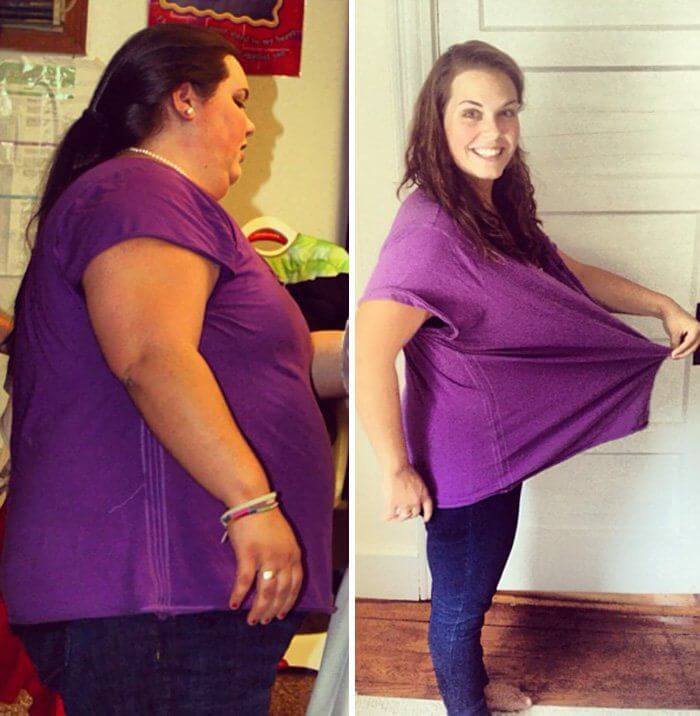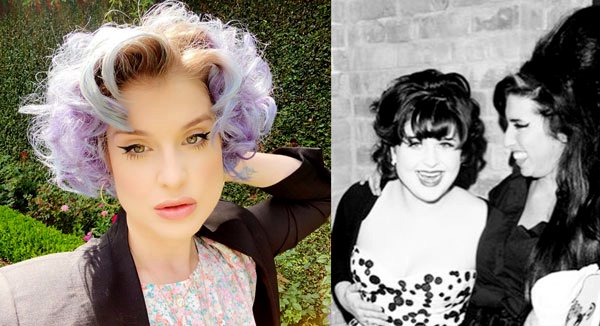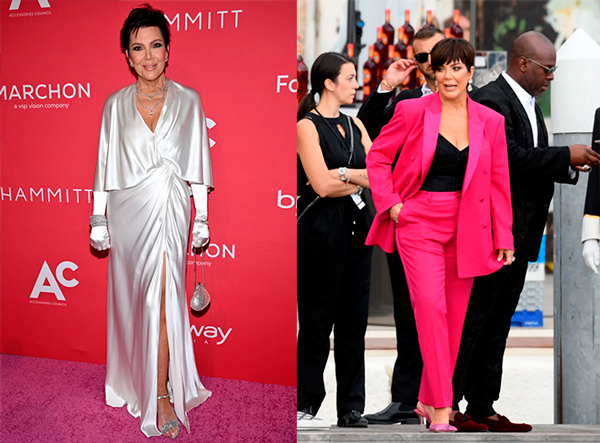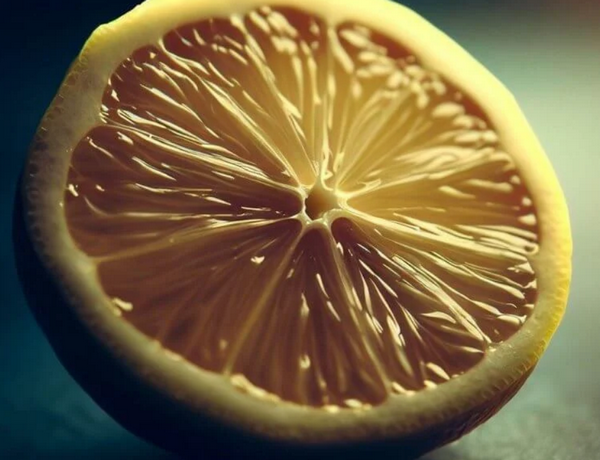
How to Trick Your Brain into Eating Less: Is it Possible to Satisfy Hunger Just by Looking at Food Photos?
In our visually driven society, where social media platforms are inundated with tantalizing images of delectable dishes, it's natural to wonder whether looking at food photos can curb our appetite and help us eat less. Marketers have long recognized the power of food imagery to entice consumers, but recent studies suggest that it may have the opposite effect as well. This article delves into the question of whether it is truly possible to trick your brain into eating less simply by viewing food photos.
The Science Behind the Phenomenon:
Researchers have explored the connection between visual food cues and appetite, and their findings are intriguing. One study conducted an online experiment involving participants viewing pictures of chocolate jelly beans. The group exposed to the images multiple times chose fewer sweets, indicating a decreased hunger response. This suggests that repetitive exposure to food imagery can potentially induce a sense of satiety, reducing the desire to consume those foods.
Understanding the Power of Visual Stimulation:
Our brains are wired to respond to visual stimuli, and food is no exception. Even the thought of a sour lemon can make our mouths water, highlighting the influence our thoughts and perceptions can have on physiological responses. Visual cues can evoke sensations and cravings, which is why advertisers use enticing images to stimulate our appetite. However, the relationship between visual cues and satiety is complex and multifaceted.
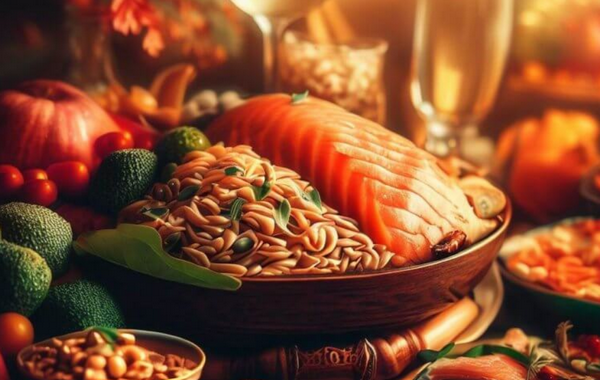
Individual Variations and Factors:
While some individuals may experience reduced hunger by looking at food photos, others may not have the same response. Personal preferences, emotional states, and sensory perception can all influence how we react to visual food cues. Additionally, our hunger and satiety cues are influenced by various physiological factors, such as the aroma, taste, and actual consumption of food. Therefore, it's important to recognize that relying solely on visual cues may not provide a comprehensive solution for managing appetite.
Limitations and Considerations:
It's crucial to approach the idea of using food photos to reduce hunger with caution. The existing research is limited, and more studies are needed to fully understand the effects and limitations of this approach. Furthermore, solely relying on visual cues to suppress appetite may not provide the necessary nutrients and energy our bodies require for optimal health. A balanced diet that includes a variety of nutrient-rich foods is essential for overall well-being.
Weight Management Strategies:
While visual food cues may play a role in appetite regulation, they are not a magic solution for weight loss. Instead, a holistic approach that combines mindful eating, portion control, balanced nutrition, and regular physical activity is recommended. Consulting with healthcare professionals or registered dietitians can provide personalized guidance tailored to individual needs and goals.
The idea of satisfying hunger just by looking at food photos is intriguing, but the reality is more nuanced. While visual cues can influence our appetite and cravings, they are not the sole determinants of our hunger levels. The relationship between visual stimuli and satiety is complex, and individual responses can vary. When it comes to weight management, it's important to adopt a comprehensive approach that encompasses various factors to support overall well-being.
